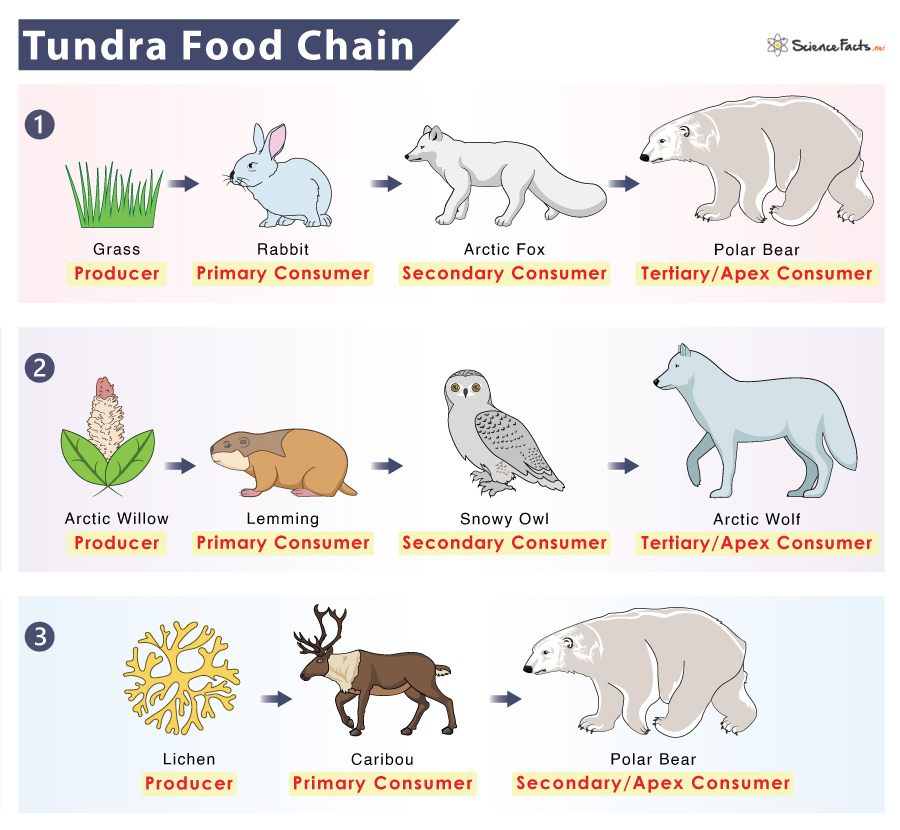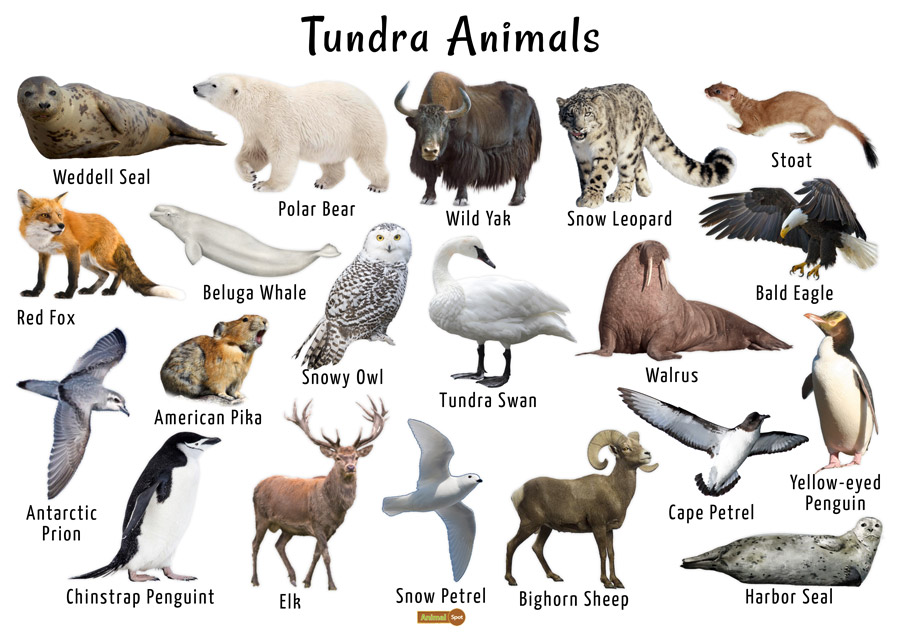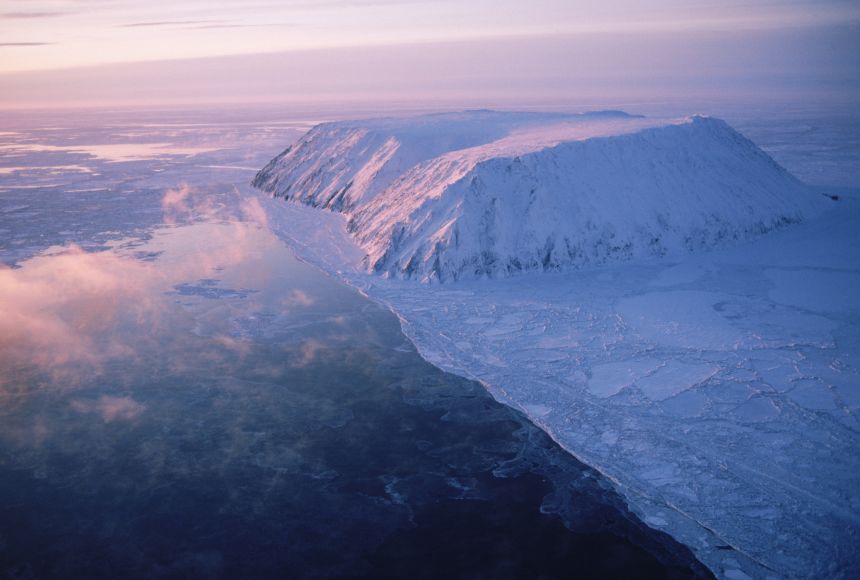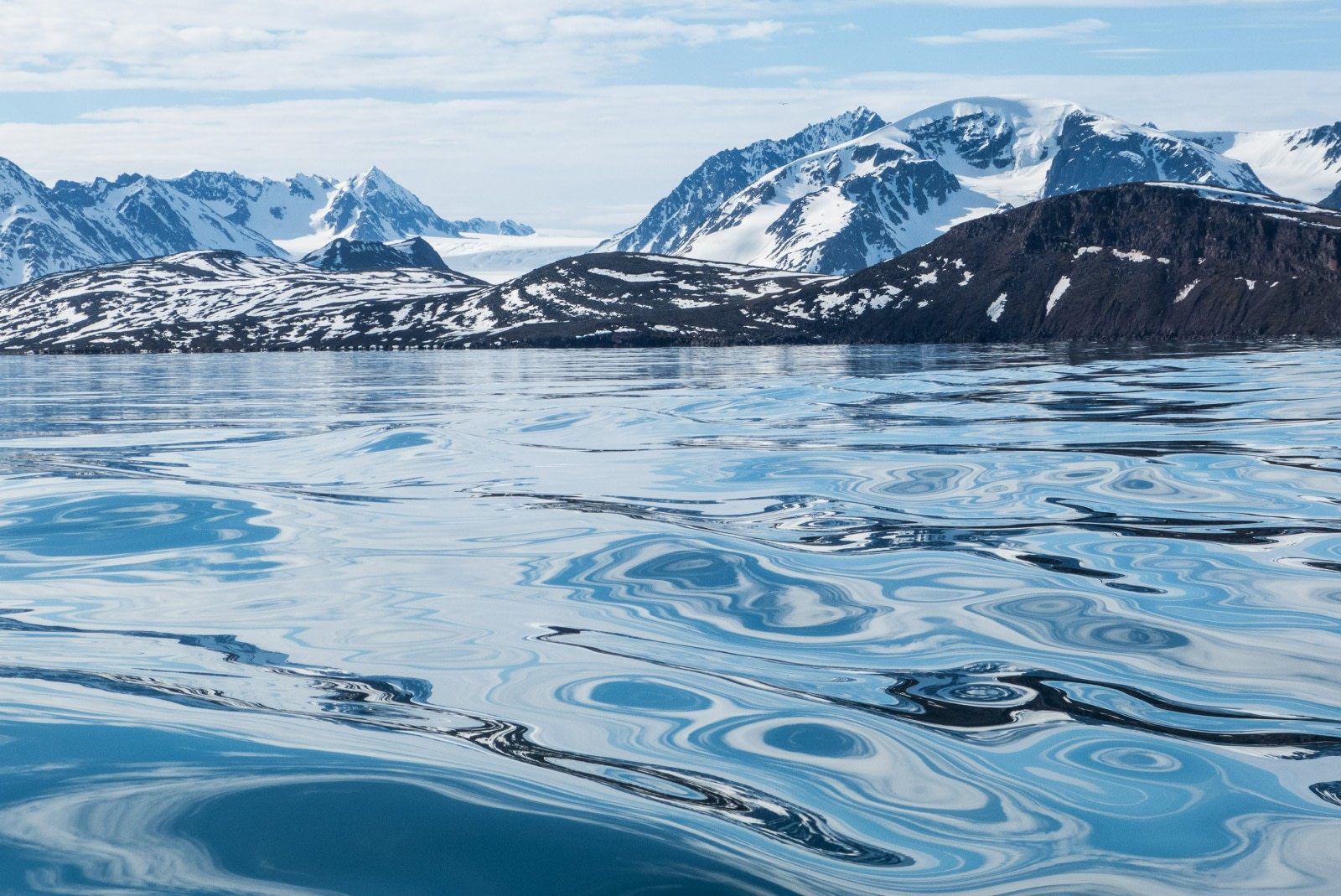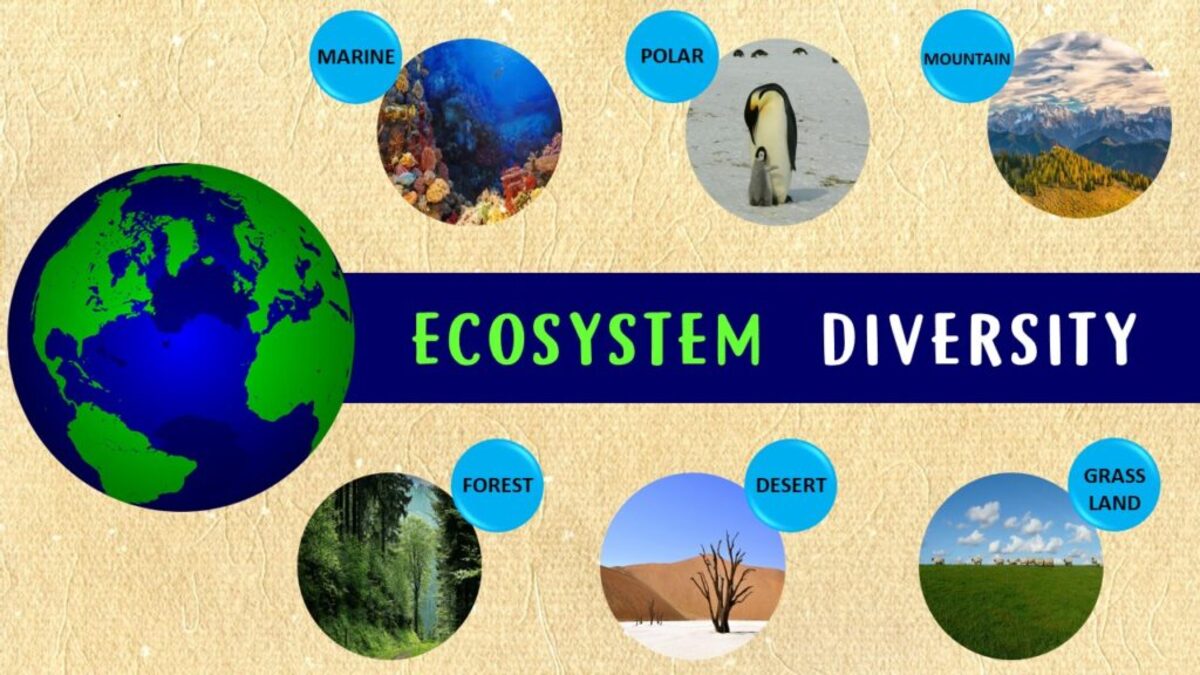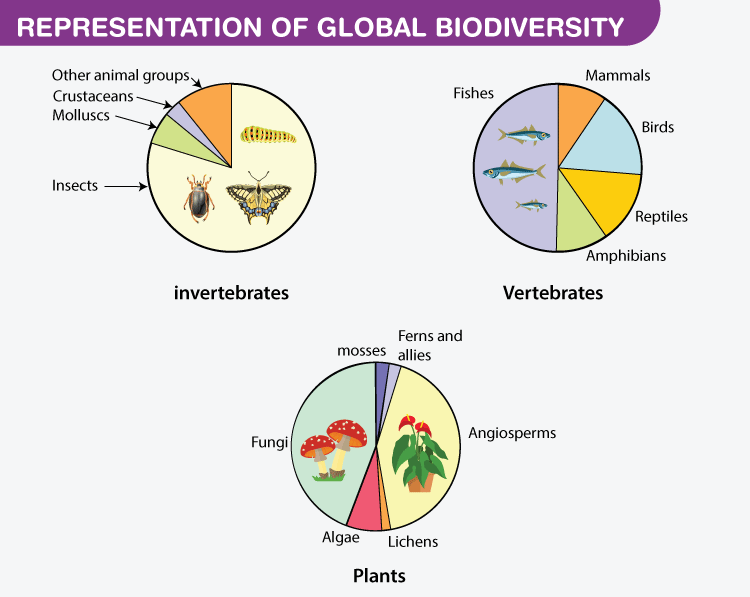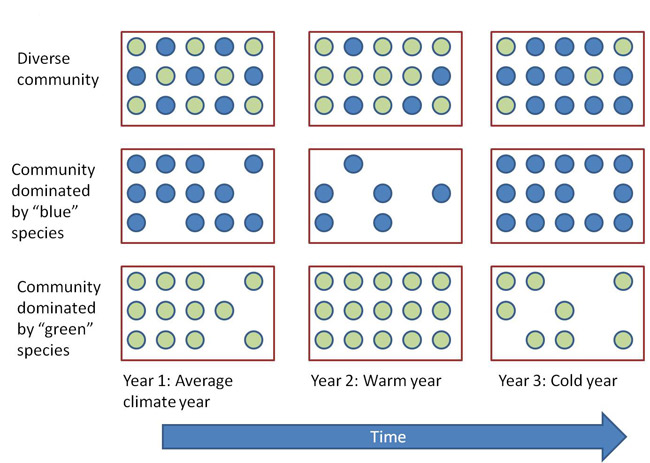Topic organisms in a forest ecosystem: Discover the fascinating world of organisms in a forest ecosystem, where diverse life forms create a complex and vibrant web of life, driving the forest"s vitality and resilience.
Table of Content
- What types of organisms are found in a forest ecosystem?
- Overview of Forest Ecosystems
- Types of Organisms in Forest Ecosystems
- Role of Trees and Plants
- Animals and Insects
- Microorganisms and Their Functions
- Interactions Between Organisms
- YOUTUBE: Understanding Forest Ecosystems
- Impact of Human Activities
- Conservation Efforts
What types of organisms are found in a forest ecosystem?
In a forest ecosystem, there are various types of organisms that play important roles in maintaining the overall balance and functioning of the ecosystem. These organisms can be categorized into several groups:
- Producers: These are primarily plants that convert sunlight, water, and nutrients into energy through the process of photosynthesis. Examples of forest producers include trees, shrubs, grasses, and mosses.
- Consumers: Consumers are organisms that obtain energy by consuming other organisms. They can be further classified into different groups based on their feeding habits:
- Herbivores: Herbivores are the primary consumers that exclusively feed on plant material. In a forest ecosystem, examples of herbivores include deer, squirrels, rabbits, and insects like caterpillars.
- Carnivores: Carnivores are secondary consumers that feed exclusively on other animals. They are often referred to as predators. Examples of forest carnivores include wolves, foxes, hawks, and snakes.
- Omnivores: Omnivores are consumers that have a mixed diet, feeding on both plant and animal material. Black bears and raccoons are examples of omnivores found in forest ecosystems.
- Decomposers: Decomposers play a crucial role in breaking down organic matter and recycling nutrients back into the ecosystem. They include bacteria, fungi, and detritivores (such as earthworms and millipedes) that feed on decaying plant and animal material.
- Scavengers: Scavengers are organisms that feed on dead and decaying animal carcasses. They help to clean up the forest by preventing the build-up of dead matter. Examples of scavengers in forest ecosystems include vultures, crows, and beetles.
- Detritivores: Detritivores are organisms that feed on dead plant material, aiding in the decomposition process. They include organisms such as termites, woodlice, and certain species of beetles.
- Microorganisms: Forest ecosystems contain a wide variety of microorganisms, including bacteria and fungi. These microorganisms play essential roles in nutrient cycling, soil formation, and maintaining the health of the ecosystem.
Overall, the diverse range of organisms found in a forest ecosystem work together in complex food webs and ecological relationships, ensuring the sustainability and functioning of the ecosystem as a whole.
READ MORE:
Overview of Forest Ecosystems
Forest ecosystems are complex environments where plants, animals, and microorganisms interact within a physical and chemical framework provided by their surroundings. These ecosystems are characterized by a rich biodiversity that includes various species of trees, shrubs, herbs, climbers, mammals, birds, insects, and microorganisms.
- Primary Producers: Trees and plants form the backbone of forest ecosystems, producing oxygen and serving as food and shelter for other organisms.
- Decomposers: Microorganisms and fungi break down dead organic matter, recycling nutrients back into the soil, supporting plant growth.
- Herbivores and Carnivores: A variety of animals, from insects to large mammals, play roles as herbivores, carnivores, or omnivores, contributing to the balance of the forest ecosystem.
- Keystone Species: Certain species have disproportionate impacts on their environment, influencing the types and numbers of other species in the ecosystem.
Forests provide essential ecosystem services including carbon storage, oxygen production, soil preservation, and water cycle regulation. They are crucial for the survival of many species, including humans, by offering resources for food, shelter, and medicine.

Types of Organisms in Forest Ecosystems
Forest ecosystems are teeming with life, encompassing a vast array of organisms that play critical roles in maintaining ecological balance. These organisms can be broadly categorized into several groups:
- Flora: This includes all plant life, from towering trees and lush underbrush to mosses and lichens. They are the primary producers, converting sunlight into energy through photosynthesis, which serves as the foundation of the food web.
- Fauna: The animal life in forests ranges from large mammals like bears, deer, and wolves to smaller creatures such as squirrels, birds, and insects. Each plays a unique role in the ecosystem, from predators controlling the population of other species to pollinators facilitating plant reproduction.
- Microorganisms: This group includes bacteria, fungi, and protozoa. They are crucial for decomposing dead material, recycling nutrients, and some even form symbiotic relationships with plants to enhance nutrient uptake.
- Invertebrates: Earthworms, insects, and arachnids significantly influence soil structure and fertility. They act as decomposers, aerators, and are also an essential food source for many higher trophic level organisms.
Each type of organism in a forest ecosystem not only supports the structure and function of its own environment but also contributes to the global biodiversity and ecological health.
Role of Trees and Plants
Trees and plants are fundamental to the structure and function of forest ecosystems, providing essential ecosystem services and supporting biodiversity:
- Photosynthesis: Through photosynthesis, trees and plants convert carbon dioxide into oxygen, supplying the fresh air that is vital for the survival of most organisms on Earth.
- Habitat: They offer habitat and shelter to countless species, from birds nesting in the branches to mammals taking refuge in the underbrush.
- Food Source: Plants are a primary food source for a wide array of forest organisms, including insects, mammals, and birds, forming the base of the food web.
- Soil Stability: Their roots help prevent soil erosion, maintain soil fertility by decomposing organic matter, and ensure water retention, contributing to a stable ecosystem.
- Climate Regulation: Forests play a crucial role in regulating the climate by storing carbon, moderating temperatures, and influencing rainfall patterns.
- Biodiversity Support: The variety of trees and plants in forests contributes to high levels of biodiversity, supporting complex interactions among organisms and ecosystems.
Overall, trees and plants are indispensable for the health and sustainability of forest ecosystems, providing critical ecological functions and services.
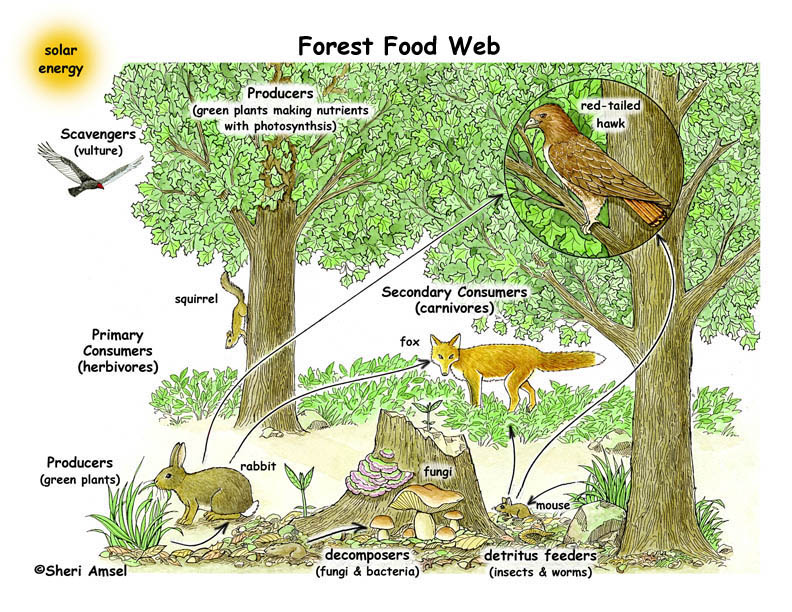
Animals and Insects
Animals and insects play pivotal roles in forest ecosystems, contributing to biodiversity, pollination, and the maintenance of ecological balance:
- Pollinators: Many insects, including bees, butterflies, and certain birds, are crucial for the pollination of plants. This process is essential for the reproduction of many trees and plants, ensuring genetic diversity and forest regeneration.
- Decomposers: Insects such as beetles and worms, along with other animals like fungi and bacteria, break down dead organic matter, returning nutrients to the soil and promoting healthy plant growth.
- Predator-Prey Dynamics: The presence of predatory animals and insects controls the population of other species, preventing any single species from dominating the ecosystem and promoting biodiversity.
- Seed Dispersal: Many animals, including birds, bats, and ants, are vital for seed dispersal. They transport seeds away from the parent plant, reducing competition and aiding in the spread of vegetation.
- Ecosystem Engineers: Some species, such as beavers, alter the environment in ways that create new habitats. Their activities can lead to the development of ponds and wetlands, supporting diverse aquatic and terrestrial life.
The intricate interactions between animals, insects, and other forest organisms create a dynamic and interdependent ecosystem that is resilient and adaptive to changes over time.
Microorganisms and Their Functions
Microorganisms, including bacteria, fungi, and protozoa, are often unseen but play a critical role in maintaining the health and sustainability of forest ecosystems:
- Decomposition: Microorganisms break down dead plant and animal matter, converting it into nutrient-rich soil. This process is essential for recycling nutrients and supporting new plant growth.
- Nitrogen Fixation: Certain bacteria in the soil convert atmospheric nitrogen into a form that plants can absorb and use for growth, a critical part of the nitrogen cycle.
- Disease Control: By competing with harmful pathogens, beneficial microorganisms help to control diseases within plant and animal populations in the forest.
- Symbiotic Relationships: Some microorganisms, such as mycorrhizal fungi, form symbiotic relationships with plants, enhancing their ability to absorb water and nutrients from the soil.
- Soil Structure: The activity of microorganisms helps to improve soil structure, increasing its porosity and aeration and enabling better root growth and water infiltration.
The diverse functions of microorganisms are fundamental to ecosystem processes, such as nutrient cycling, soil fertility, and the regulation of greenhouse gases, making them indispensable for forest health and resilience.
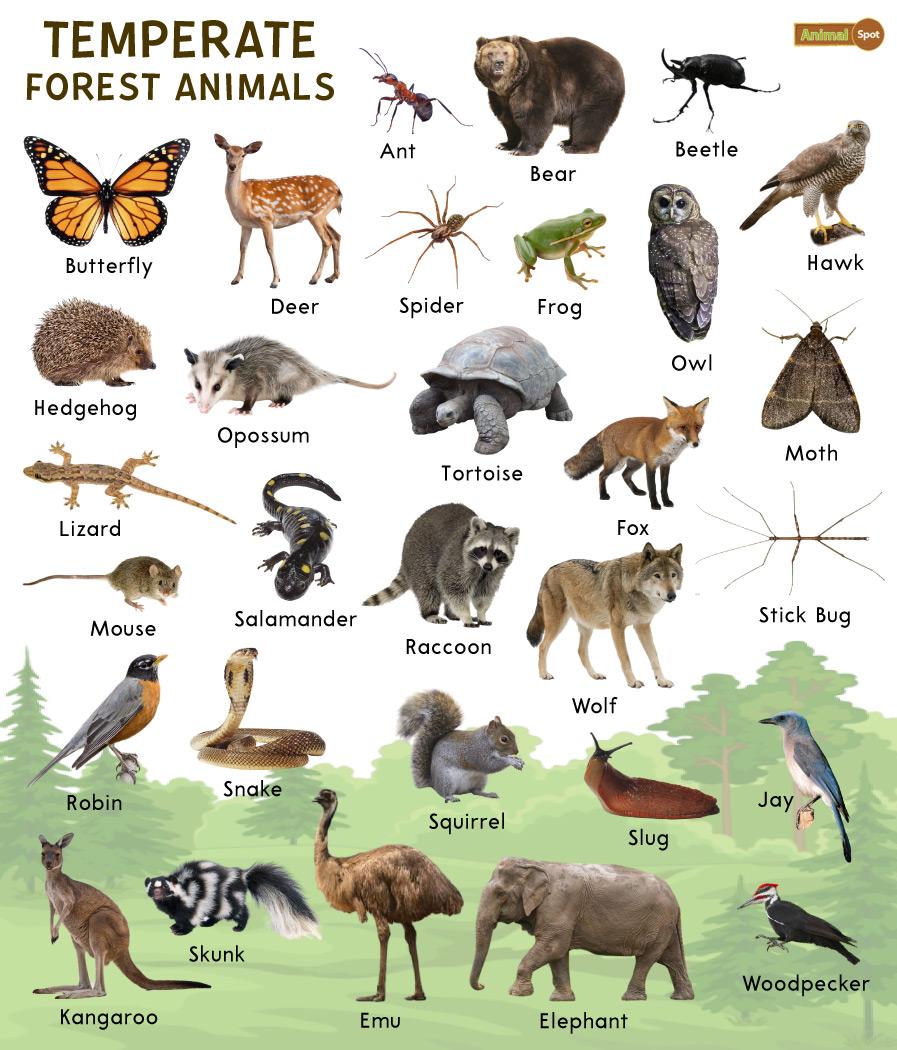
Interactions Between Organisms
The forest ecosystem is a complex web of interactions among various organisms, each playing a role in maintaining the ecosystem"s balance and health:
- Predation: Predatory relationships help regulate populations, preventing any one species from becoming too dominant and ensuring diverse and balanced ecosystems.
- Competition: Organisms compete for resources such as light, water, and nutrients. This competition drives evolution and adaptation, leading to the diversification of species.
- Mutualism: Many species engage in mutually beneficial relationships, such as pollinators and flowering plants, or mycorrhizal fungi and trees, which enhance each other"s survival and success.
- Parasitism: Parasites rely on other living organisms for survival, often to the detriment of their hosts. This interaction can influence population dynamics and ecosystem health.
- Decomposition: Decomposers break down dead organisms, recycling nutrients back into the ecosystem and supporting new life. This process is crucial for nutrient cycling and soil health.
These interactions are essential for the resilience and sustainability of forest ecosystems, contributing to their complexity, productivity, and biodiversity.
Understanding Forest Ecosystems
\"Discover the wonders of biodiversity in this captivating video, showcasing the immense variety of life forms on our planet. From vibrant coral reefs to lush rainforests, witness the incredible beauty and importance of preserving our natural world.\"
Organisms in Ecosystems
\"Explore the fascinating world of interactions through this intriguing video, where you\'ll witness the intricate web of connections that exist between organisms. From symbiotic relationships to predator-prey dynamics, unravel the mysteries of how different species depend on and shape each other\'s lives.\"
Impact of Human Activities
Human activities have profound impacts on forest ecosystems, influencing their health, diversity, and functionality:
- Deforestation: The removal of trees for timber, agriculture, and urban expansion reduces habitat availability, biodiversity, and contributes to climate change through increased carbon emissions.
- Pollution: Air, water, and soil pollution from industrial, agricultural, and urban sources can degrade forest health, affecting both plant and animal life.
- Climate Change: Increased greenhouse gas emissions lead to global warming, altering precipitation patterns, increasing the frequency of wildfires, and impacting forest ecosystems globally.
- Invasive Species: The introduction of non-native species can disrupt local ecosystems, outcompeting native organisms and leading to loss of biodiversity.
- Overexploitation: Overhunting and overfishing can lead to significant declines in species populations, affecting ecosystem balance and functionality.
Despite these challenges, conservation efforts, sustainable management practices, and increased environmental awareness can mitigate the negative impacts of human activities on forest ecosystems, promoting their health and resilience for future generations.

READ MORE:
Conservation Efforts
Conservation efforts are vital for protecting forest ecosystems and the organisms that inhabit them, ensuring their preservation and the continuation of their essential ecological functions:
- Protected Areas: Establishing national parks, reserves, and wildlife sanctuaries helps safeguard biodiversity, providing habitats where ecosystems can function naturally without human interference.
- Reforestation and Afforestation: Planting trees and restoring degraded lands enhances biodiversity, improves air and water quality, and contributes to climate change mitigation.
- Sustainable Resource Management: Implementing sustainable forestry practices, controlling hunting and fishing, and managing non-timber forest resources ensure that forest exploitation remains within ecological limits.
- Community Involvement: Engaging local communities in conservation efforts promotes sustainable livelihoods and encourages stewardship of natural resources, making conservation efforts more effective and inclusive.
- Legislation and Policy: Enacting and enforcing environmental laws and policies protect forests from destructive activities, such as illegal logging, mining, and land conversion.
- Education and Awareness: Raising public awareness about the importance of forests and the need for conservation can foster a culture of respect and care for the environment, encouraging positive actions toward forest conservation.
Through collaborative and concerted efforts, it is possible to conserve forest ecosystems for the benefit of current and future generations, maintaining the balance and health of our planet.
Embracing the diversity of organisms in forest ecosystems highlights the intricate web of life that sustains our planet, urging us to protect these vital habitats for future generations to cherish and enjoy.
:max_bytes(150000):strip_icc()/GettyImages-901482062-6470b1099c6a47a881f9a22d7bca0d0a.jpg)
